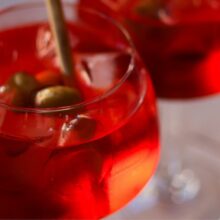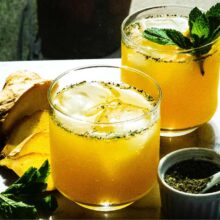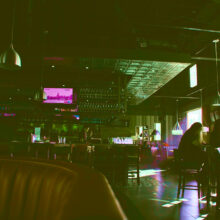In the restaurant business, any little things are important, therefore, it is necessary to put a certain meaning into the most insignificant and ordinary thing. The menu plays a huge role in the semantic, gastronomic and social concept of the institution, therefore it simply has no right to be written on the knee. The list of dishes, colors and even the font should be carefully thought out by a team of professionals and have their own chips. We will talk about the most common and effective ones in this article.
Magic number 7 ± 2
Perhaps one of the most famous tricks is the rule of the “magic number 7 ± 2”. This is the pattern that the American psychologist Jord Miller deduced. According to it, short-term human memory cannot remember and reproduce more than 5-9 elements. Based on this principle, consciously or intuitively, many chefs add about 7 positions to each section of the menu, so as not to complicate the choice of the guest. A visit to a restaurant most often means relaxation, so if the guest starts to get confused about the variety of dishes, most likely he will choose something standard. The menu, compiled according to the principle of George Miller, will make it easier for guests to decide to try something new, to enjoy a previously unknown taste.
The purchase price of dishes can be influenced by their name. Dishes with longer names are ordered 30% more often than dishes with shorter names. A detailed description of the dish creates the effect that the guest perceives the ratio of its price and quality as more favorable in comparison with other items. It seems to him that a portion of “home-style spicy lamb ribs” will be larger and tastier than a portion of ordinary “lamb ribs”. This technique is so effective that in some states in the United States it is forbidden to misidentify dishes. This is especially true for phrases like “hand-fished”, “farm-grown”, “made with local products”, etc.






